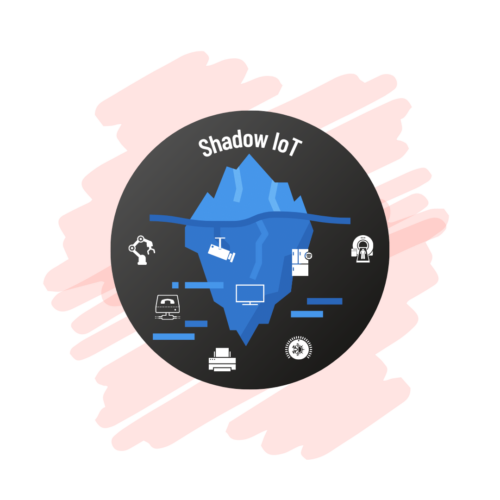IoT Security
Explore Cloud-Native IoT Security Essentials That Close the Gap on Your Zero Trust Security Strategy
The internet of things (IoT) is loosely defined as devices other than a computer that can connect to the internet. Today, this includes everything from printers to FitBits, thermostats, and more. While these devices boost productivity and efficiency, their security posture is lackluster. With Portnox’s IoT Device Trust, you can prevent IoT from ruining your life.


Tired of catching IoT devices lurking in the shadows?
Default administrator credentials, vulnerable operating systems, slow to non-existent patching – these things make these devices attractive targets for hackers. And even worse, their ease of use means they can be joined to a network without IT even knowing – hence the term "Shadow IoT." Portnox understands that the first step to securing your network is being able to identify what’s on it – that's why we developed our IoT Device Trust solution, so you never have to worry about IoT devices hiding in the shadows.
IoT Device Trust: No more leaving IoT security to chance.
Portnox’s fully cloud-native IoT Device Trust suite helps you stay secure no matter how many things connect to your network. No more wondering if that random MAC address is the 3rd floor printer or a rogue laptop trying to breach the firewall – we can tell you the device type, name, manufacturer, OS, and more. Take your security to the next level by creating segmentation and access control policies so your camera isn’t an entry point for your customer database. And even better, we’ll tell you if that smart TV suddenly starts passing traffic like a laptop so you can quarantine it or remove it from the network entirely. Download our white paper to learn how it all works and how IoT fingerprinting can bring your zero trust program to new heights.

Frequently asked questions about IoT security.
Related Reading
Try Portnox Cloud for Free Today
Gain access to all of Portnox's powerful zero trust access control free capabilities for 30 days!








